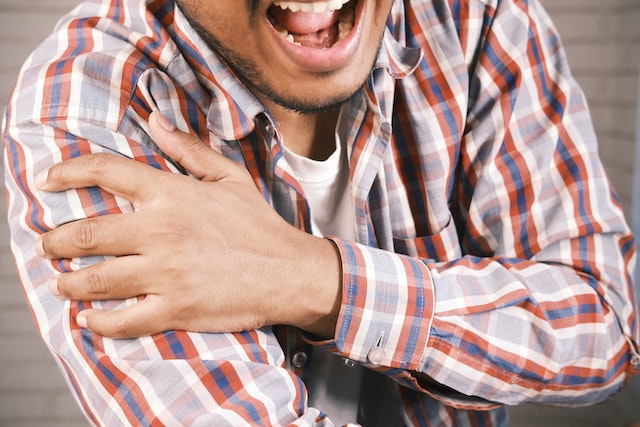Do I Have Arthritis ?
Arthritis is a common condition that affects millions of people around the world. Inflammation of the joints, which can cause pain, stiffness, and reduced mobility, characterizes it. If you’re experiencing joint pain or stiffness, you may be wondering if you have arthritis. In this article, we’ll explore the signs and symptoms of arthritis, as well as the diagnosis and treatment options available.
Signs and Symptoms
The symptoms of can vary depending on the type of arthritis you have. The most common types are osteoarthritis and rheumatoid arthritis.
Osteoarthritis is a degenerative condition that typically affects older adults. It occurs when the cartilage that cushions the joints breaks down over time, leading to pain, stiffness, and reduced mobility. The symptoms of osteoarthritis tend to develop gradually and may be worse in the morning or after periods of inactivity. The most commonly affected joints include the hands, hips, knees, and spine.
Rheumatoid arthritis, on the other hand, is an autoimmune condition that can affect people of any age. It occurs when the body’s immune system attacks the joints, causing inflammation and damage. The symptoms of rheumatoid arthritis tend to develop more quickly than those of osteoarthritis and may include joint pain, stiffness, swelling, and fatigue. The most commonly affected joints include the hands, wrists, and feet.
Diagnosis
If you’re experiencing joint pain or stiffness, it’s important to see a healthcare professional for a proper diagnosis. Your healthcare provider may perform a physical exam, order imaging tests such as X-rays or MRI scans, or perform blood tests to help diagnose arthritis.
Treatment Options
The treatment options for arthritis depend on the type and severity of the condition. In general, the goal of treatment is to reduce pain, inflammation, and stiffness, as well as to improve mobility and quality of life.
Medications are often used to manage the symptoms of arthritis. Over-the-counter pain relievers such as acetaminophen or nonsteroidal anti-inflammatory drugs (NSAIDs) can be effective in reducing pain and inflammation. For more severe pain, prescription medications such as opioids may be necessary.
Physical therapy is another important component of arthritis treatment. A physiotherapist can develop a personalized exercise plan to help strengthen the muscles surrounding the affected joint and improve range of motion. They may also use manual therapy techniques such as massage or joint mobilization to help reduce pain and stiffness.
In some cases, surgery may be necessary to treat arthritis. Joint replacement surgery, in which the damaged joint is removed and replaced with an artificial joint, is a common treatment for severe arthritis. Other surgical options may include joint fusion or arthroscopy.
Prevention
While it may not be possible to completely prevent arthritis, there are some things you can do to reduce your risk. Maintaining a healthy weight, staying physically active, and avoiding repetitive stress on the joints can all help reduce your risk of developing arthritis. Eating a healthy diet that’s rich in anti-inflammatory foods such as fruits, vegetables, and whole grains may also help reduce inflammation in the body.
Conclusion
Arthritis is a common condition that can be frustrating and debilitating. If you’re experiencing joint pain or stiffness, it’s important to see a healthcare professional for a proper diagnosis and treatment plan. With the right treatment and self-care strategies, it’s possible to manage the symptoms and improve your quality of life. And if you’re in need of top-quality physiotherapy services to manage your arthritis, be sure to check out Tvastacare – our experienced and compassionate team is here to help you achieve your goals! Book your appointment here.



